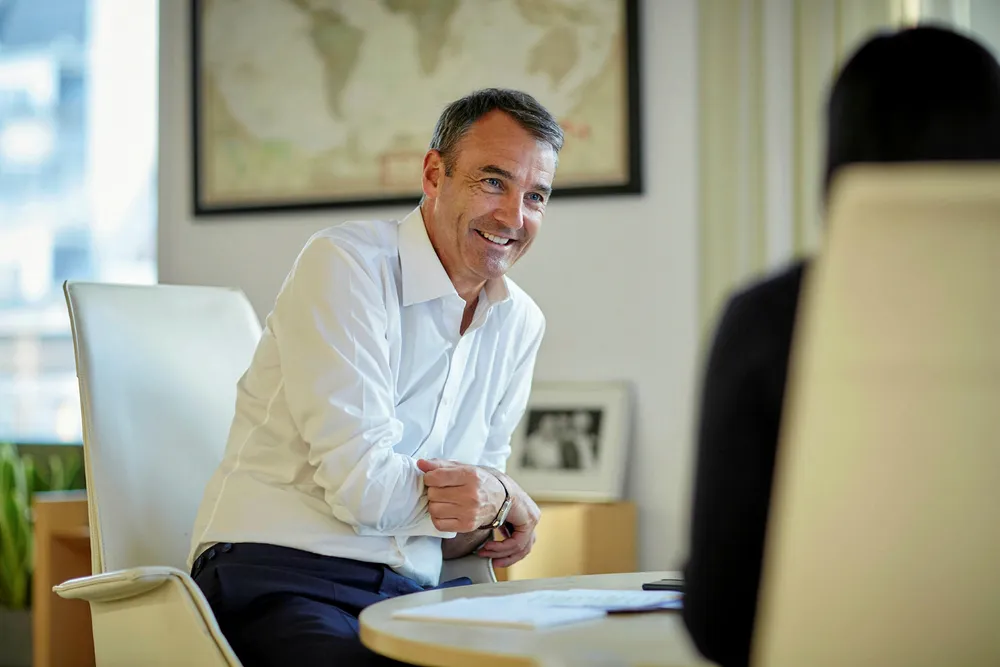OPINION: 'Clearly, we've done some homework and are confident in our ability to deliver' - Looney
Looney asks investors to believe in promised rate of return on low carbon investments and says Lightsource BP unit shows the way

Looney asks investors to believe in promised rate of return on low carbon investments and says Lightsource BP unit shows the way
